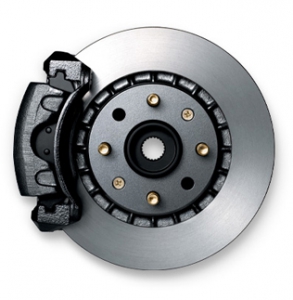 Ten vehicle manufacturers will add automatic emergency braking (AEB) as a standard feature on all new vehicles, according to the US Department of Transportation, the National Highway Traffic Safety Administration (NHTSA), and the Insurance Institute for Highway Safety (IIHS).
Ten vehicle manufacturers will add automatic emergency braking (AEB) as a standard feature on all new vehicles, according to the US Department of Transportation, the National Highway Traffic Safety Administration (NHTSA), and the Insurance Institute for Highway Safety (IIHS).
The ten companies – Audi, BMW, Ford, General Motors, Mazda, Mercedes Benz, Tesla, Toyota, Volkswagen, and Volvo – intend to implement the AEB systems to address a large number of crashes, especially rear-end collisions. The companies are working with IIHS and NHTSA to implement a timeline for making AEB a standard feature.
Emergency braking usually happens when a driver is following too closely behind another motorist, a dangerous behavior often referred to as “tailgating”. Tailgating decreases the amount of time a driver has to stop or slow the vehicle. As a result, tailgating is the most frequently reported cause of rear-end collisions. According to the NHTSA, rear-end collisions account for approximately 23 percent of all motor vehicle crashes.
“These 10 manufacturers have committed to an important principle: AEB is a life-saving technology that should be available to every vehicle owner,” said NHTSA Administrator Mark Rosekind. “In the months ahead, NHTSA will work closely with IIHS and the auto industry to carry out that commitment, and we encourage every other manufacturer to join this effort.”
AEB includes a range of systems and technology, including vehicle sensors such as radar, cameras and lasers used to recognize a probable collision, warn the driver, and engage the brakes if the driver does not take action.
Technological advances can go a long way in helping drivers avoid collisions. Studies have shown that most collisions are not caused by a lack of technology but are a result of the driver’s unsafe actions and behaviors.
Fleet owners and managers should invest in programs and systems that help to identify and change those unsafe driving actions and behaviors. Telematics systems and How’s My Driving programs help to do just that—all with the goal of changing at-risk behaviors before they cost your company money. For more information on these innovative solutions, contact DriverCheck, the company that started the How’s My Driving industry.